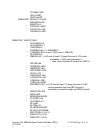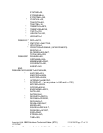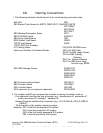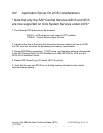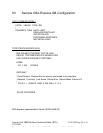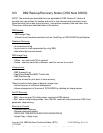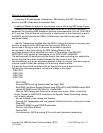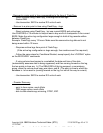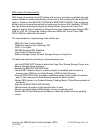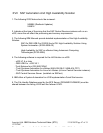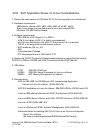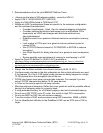
- Recover to a prior point in time corresponding to the time of FlashCopy
- Reset volumes using FlashCopy, including BSDS and logs
- Restart DB2
- Use transaction SM13 to resolve R/3 units of work
- Recover to a prior point in time using
FlashCopy + logs
- Reset volumes using FlashCopy , but use current BSDS and active logs.
Use CHKFREQ of 15 minutes to keep at least a day worth of checkpoints in the current
BSDS. Make the active log configuration large enough to hold all log records written
between FlashCopy.
Example: FlashCopy every 12 hours. Make sure the same active log data set is not
being reused within 12 hours.
- Requires archive logs from point of FlashCopy
(If the active log configuration is large enough, then archives won’t be required).
- Follow the same steps for Conditional Restart, except specify the LOGONLY option
on the RECOVERY commands
- If using volume-level-copies to re-establish the date and time of the data
(automatically assumes data is being regressed) and then coming forward on the log,
the two points-in-time are; A.) The RBA/LRSN of the log suspend, or consistency
group, when the volume-level-copy was taken, and B.) The point-in-time to which the
database is to be reset to (coming forward on the log, but not all the way to current).
- Use transaction SM13 to resolve R/3 units of work
- Disaster Recovery
- point in time copies, send offsite
- DB2 image copies, send offsite
- disk to disk remote copy mirroring, PPRC, XRC
Copyright 2006
IBM Solutions Technical Sales (STS) 12/18/2007Page 45 of 51
12/18/2007
Planning and Preparation Guide for SAP NetWeaver Version 6.40: z/OS Implementation



